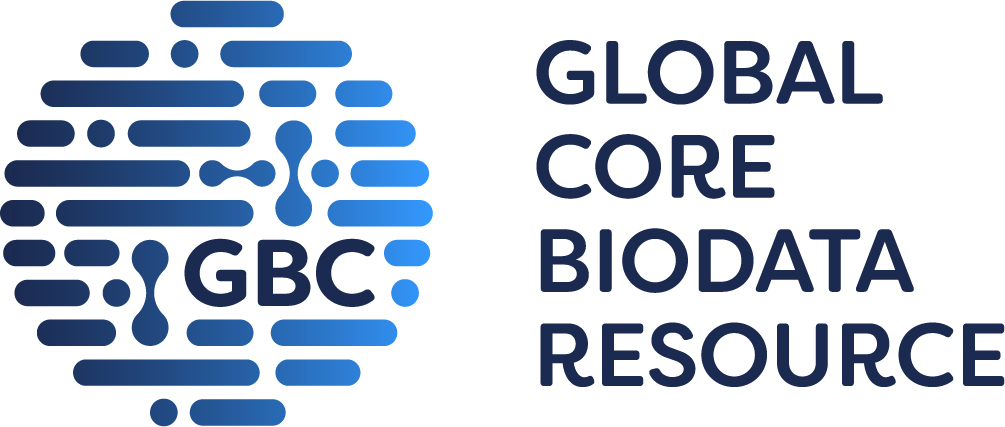
GtoPdb is requesting financial support from commercial users. Please see our sustainability page for more information.
B-cell lymphoma 2 (Bcl-2) protein family
Unless otherwise stated all data on this page refer to the human proteins. Gene information is provided for human (Hs), mouse (Mm) and rat (Rn).
Overview
The Bcl-2 proteins form a family of evolutionarily related proteins which are essential for maintaining the balance between cell death and cell proliferation, with different family members acting as either positive or negative modulators of apoptosis. The family is structurally subdivided into three distinct groups based on the presence of Bcl-2 homology (BH) domains (BH1-4).
1: Proapoptotic BH3-only subgroup; Bad, Bik, Bid, Bim, Hrk, Bmf, Noxa, Puma and bNIP3
2: Proapoptotic 'effectors'; Bak, Bok and Bax
3: Antiapoptotic subgroup; Bcl-2, Bcl-xL, Bcl-w, Mcl-1 and Bcl2-A1.
Binding between pro- and anti-apoptotic members via BH domains dictates the death or survival of cells [4,11-12]. The BH3-only subgroup members initiate apoptosis in response to cellular damage. In response to these same signals the proapoptotic subgroup containing BH1-3 (Bax and Bak) oligomerize on the mitochondrial membrane, acting to increase mitochondrial membrane permeability to apoptogenic factors (such as cytochrome C) stored in the mitochondrial lumen. When released, these factors activate cell-killing caspases [9]. The antiapoptotic members contain all four BH domains and protect cells from apoptosis by directly binding to and sequestering their proapoptotic counterparts via BH3 interactions.
Overexpression of antiapoptotic Bcl-2 proteins is associated with various cancers in which the normal apoptotic pathway is inhibited, leading to abnormal and dysregulated cell proliferation [6]. Prosurvival Bcl-2 family proteins are therefore tractable drug targets for the development of novel anti-cancer therapies, as well as immunotherapies. Small molecule antagonists of the antiapoptotic Bcl-2 proteins would be expected to restore normal apoptotic signaling in tumor cells by up-regulating proapoptotic Bcl-2 protein activity. These compounds may also be able to combat the resistance to chemotherapy which often develops in Bcl-2-overexpressing cancers [1].
Synonyms and (human gene symbols);
Bcl-2 (BCL2), Bcl-xL (BCL2L1), Bcl-w (BCL2L2), Mcl-1 (MCL1), Bcl2-A1 (BCL2A1), Bax (BAX), Bok (BOK), Bak (BAK1), Bad (BAD), Bid (BID), Bim (BCL2L11), Bmf (BMF), Bik (BIK), Hrk (HRK), Noxa (PMAIP1), Puma (BBC3), bNIP3 (BNIP3).
Targets
|
Bcl-2 (BCL2 apoptosis regulator)
Show summary »
More detailed page |
|
Bcl-xL (Bcl-2-like 1)
Show summary »
More detailed page |
|
Bcl-w (Bcl-2-like 2)
Show summary »
More detailed page |
|
Mcl-1 (MCL1 apoptosis regulator, BCL2 family member)
Show summary »
More detailed page |
How to cite this family page
Database page citation:
B-cell lymphoma 2 (Bcl-2) protein family. Accessed on 27/12/2025. IUPHAR/BPS Guide to PHARMACOLOGY, http://www.guidetopharmacology.org/GRAC/FamilyDisplayForward?familyId=910.
Concise Guide to PHARMACOLOGY citation:
Alexander SPH, Kelly E, Mathie AA, Peters JA, Veale EL, Armstrong JF, Buneman OP, Faccenda E, Harding SD, Spedding M, Cidlowski JA, Fabbro D, Davenport AP, Striessnig J, Davies JA et al. (2023) The Concise Guide to PHARMACOLOGY 2023/24: Introduction and Other Protein Targets. Br J Pharmacol. 180 Suppl 2:S1-22.








